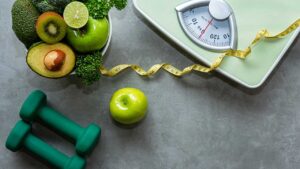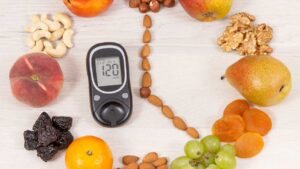What is “fake news”? Paradoxically, politicians have used the term to describe things that are verifiably true. Fake news can also be information that is inaccurate, and a paper in the Journal of the Royal Society of Medicine examines the kinds of fake news that can lead to confusions about medicine and health.
Deliberate misrepresentation of health information can confuse the public, and during the pandemic it’s led to distrust of advice from public health officials. But, the authors say, another type of fake news occurs when journalists and bloggers don’t check their facts, exaggerate what science actually says, or “cherry pick” information to fit the story they want to tell.
Fabricated stories can have a tone of “everything you’ve been told about ‘x’ is untrue.” The authors give four simple steps for evaluating such pieces: 1) if information is attributed to a source, go to the source and see if that’s what it really says; 2) check to see if the “news” in it is being widely reported in trusted sources; 3) use fact-checking sites such as Snopes.com or Factcheck.org to see if the “news” you’ve read has been flagged by them and 4) find out about the publication that published the story and its history.
What if you read something that doesn’t strike you as totally outrageous, but you’d like to be sure it’s accurate? This is especially important if the topic is health—there’s much more at stake than getting the wrong idea about the personal life of a public figure.
“The difficulty lies in drawing the line between fake news and poor reporting,” say the paper’s authors. They provide a way forward in this regard as well, citing several common ways that information that might have some basis in truth can be distorted:
Context — Is the information in line with established research, or has one study found something that contradicts what is generally thought to be true? This might be worth noticing, but it would be misleading if the writer did not put it in context.
Causality — There’s a big difference between noticing that people who eat strawberries have fewer problems with blood sugar and saying that eating strawberries cures diabetes. Beware of stories that cross the line from association to causation.
Risk — Pay attention to the way risk is communicated. If absolute risk for a health effect goes from 10 percent to 12 percent, a writer could interpret the move from 10 to 12 as a 20 percent increase. In fact, the absolute risk went up 2 percent.
Extrapolation — Results from animal studies or lab studies can’t be assumed to apply to humans.
Credibility — Is the information from a study in a peer-reviewed journal? If not, is the source a true expert in the subject, or associated with a well-known and respected organization?
These are some of the ways “fake news” can be detected. Mike Caulfield, an expert on digital literacy at the University of Washington, has developed a four-step process called SIFT that draws on similar concepts:
Stop — Before sharing or even reading information, take a look at what’s in front of you. Are you familiar with the author or publisher? Do you already have a reason to suspect a claim that’s being made?
Investigate the source — It might not be worth your time to read an article about the unrecognized health benefits of sugar if it’s written by someone from the sugar industry. Can you find reasons to trust the source of the information?
Find better coverage — If you run across something that might have a big impact on a health decision, look for the best coverage of the topic you can find, from the most respected source, with the most detail.
Trace claims, quotes, and media back to the original context — Just because something is said to be in a bill before Congress, or to have been said in a press briefing, or published elsewhere, that may not be the case. Find the source and check it against what you’re reading.
“When misleading news claims are made, it can be detrimental to public health and impacts both healthcare utilization and medical non-compliance,” the authors of the Journal of the Royal Society of Medicine paper warn. At present, these effects are especially obvious in public debate about masking and vaccination, but there’s a good chance that many people are making choices about other aspects of their health based on “fake news” of some sort.
At eSavvyHealth, we believe that as your understanding of health topics increases, your ability to spot “fake” health news also grows. Your increased understanding is at the core of our mission—helping you push aside noise, confusion, half-truths and misinformation about health, discover objective sources and facts, and develop the ability to confidently chart a course to a healthy life.





